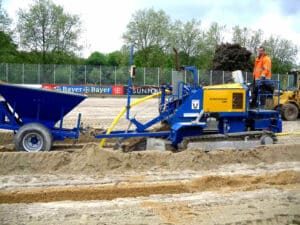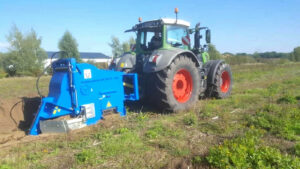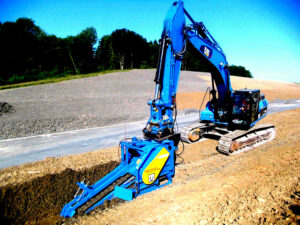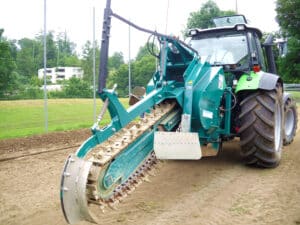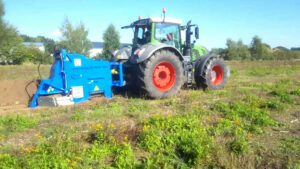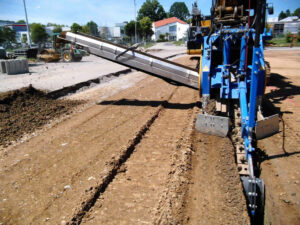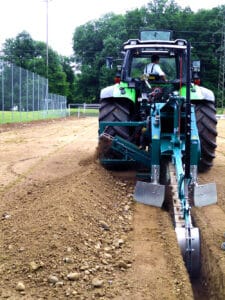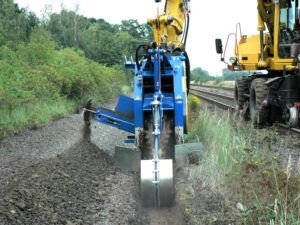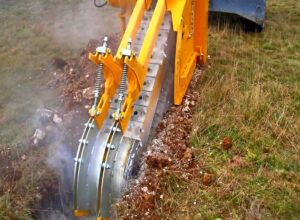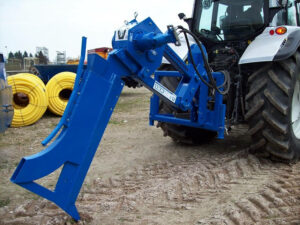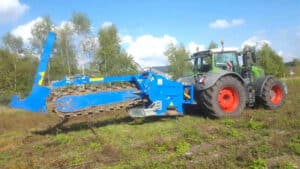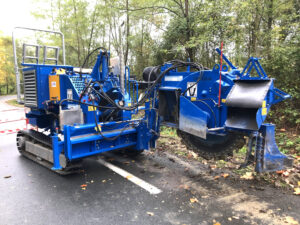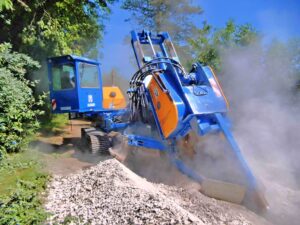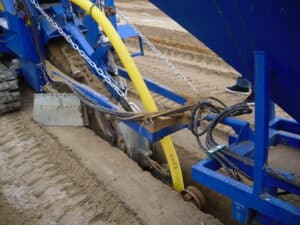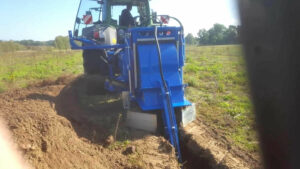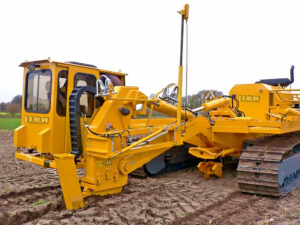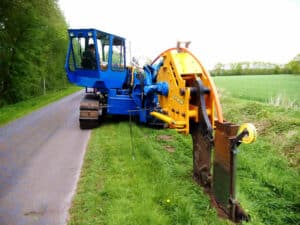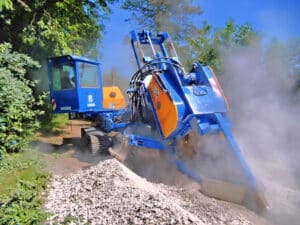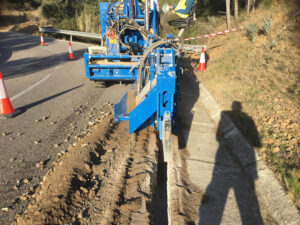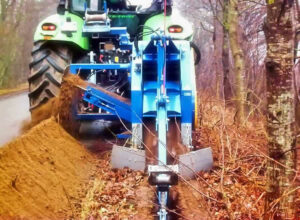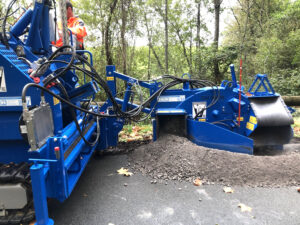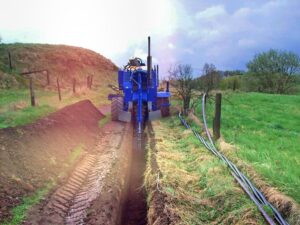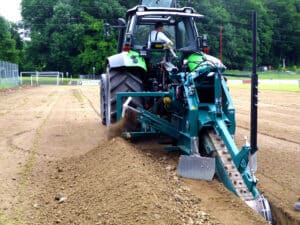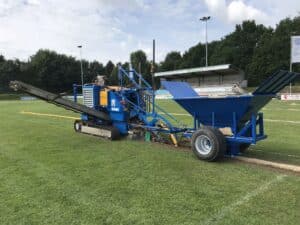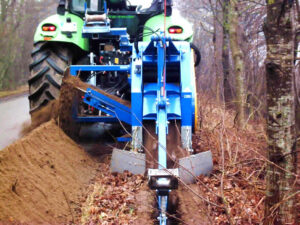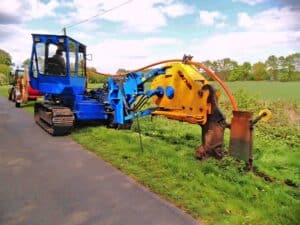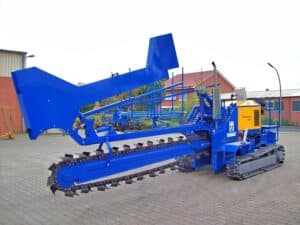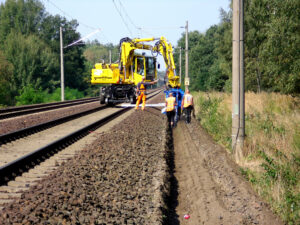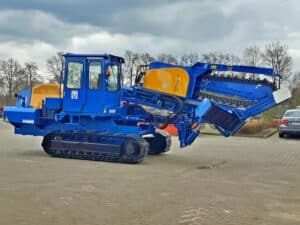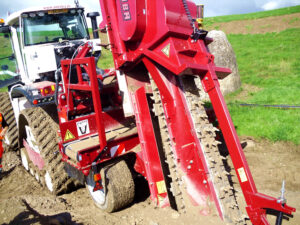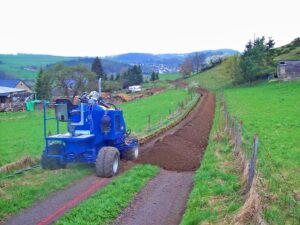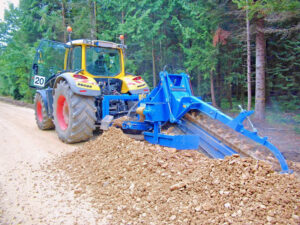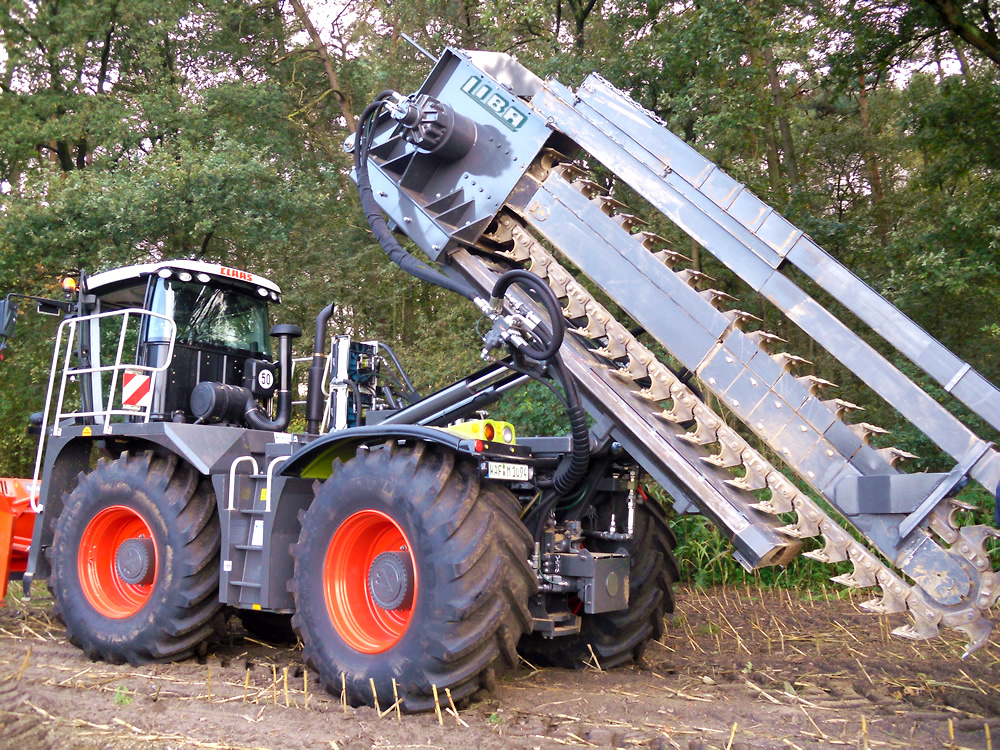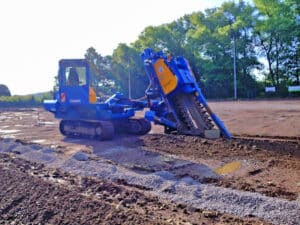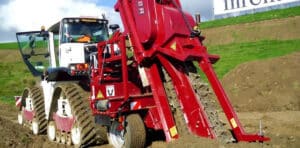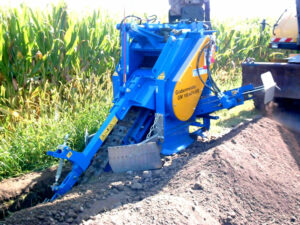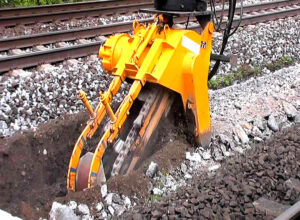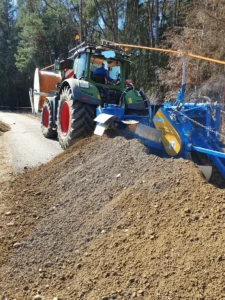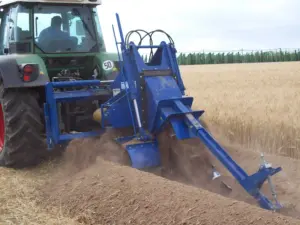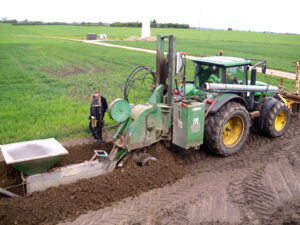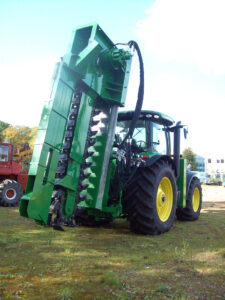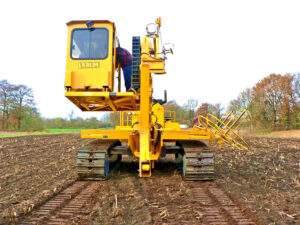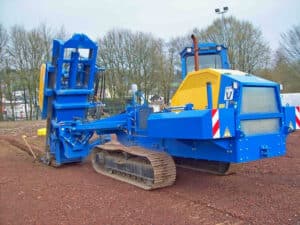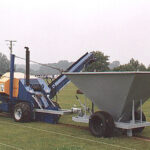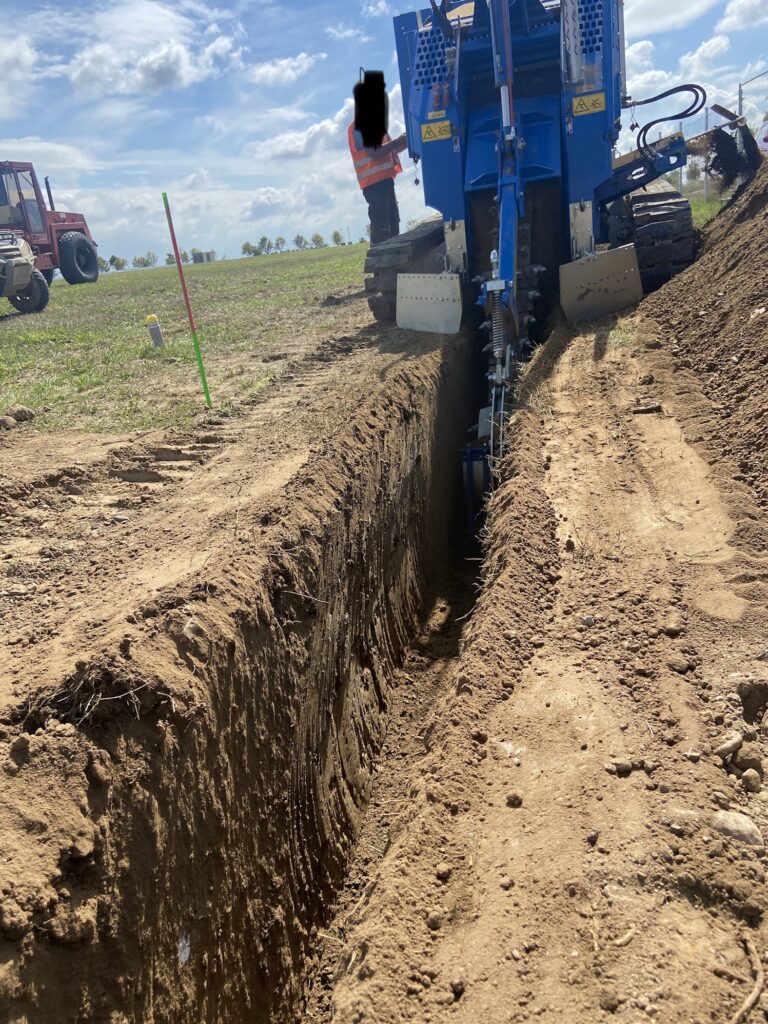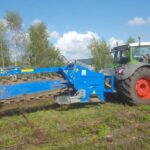When laying underground cables, the question often arises as to how deep they should be buried in the ground. The correct installation depth is crucial for the safety and reliability of the cable. A modern and efficient method of achieving the optimum laying depth is milling. In this article, we will explain in detail how deep an underground cable belongs in the ground and why milling is a suitable technique for cable laying.
-
Recommended installation depth: The recommended installation depth for underground cables depends on various factors, such as the type of cable, the environment and local regulations. However, it is generally recommended to lay underground cables at a depth of at least 60 cm up to 100 cm. This depth protects the cable from mechanical damage and reduces the risk of damage caused by external influences such as construction or civil engineering work.
-
Advantages of milling: Milling is a modern technique that is particularly suitable for cable laying. When milling, the soil is opened and the cable is inserted directly into the soil. This method allows precise control of the laying depth and minimizes the risk of damage. In addition, the surface of the soil is hardly disturbed, which allows easy recovery.
-
Efficiency and time saving: Milling offers the advantage of fast and efficient cable laying. Special milling tools enable rapid cutting of trenches and insertion of the cable in a single operation. Compared to traditional installation methods such as manual trenching, milling saves significant time and reduces labor costs.
-
Adaptability: The milling technique is adaptable to different soil conditions. Modern milling machines can adapt to different types of soil, be it loamy, sandy or stony. This allows flexible and effective cable routing, regardless of local conditions.
-
Compliance: Milling enables precise compliance with local regulations and guidelines for underground cable installation depth. By closely controlling the milling depth, installers can ensure that the cable reaches the recommended depth and meets applicable standards.
Conclusion: The correct laying depth of underground cables is crucial for the safety and reliability of power and communication networks. Milling provides an efficient and precise method of maintaining the recommended installation depth. With the advantages of milling, such as time savings, adaptability and compliance with regulations, this technique is a modern solution for cable laying. Invest in modern milling machines and take advantage of this efficient method to safely and reliably insert underground cables into the ground.

